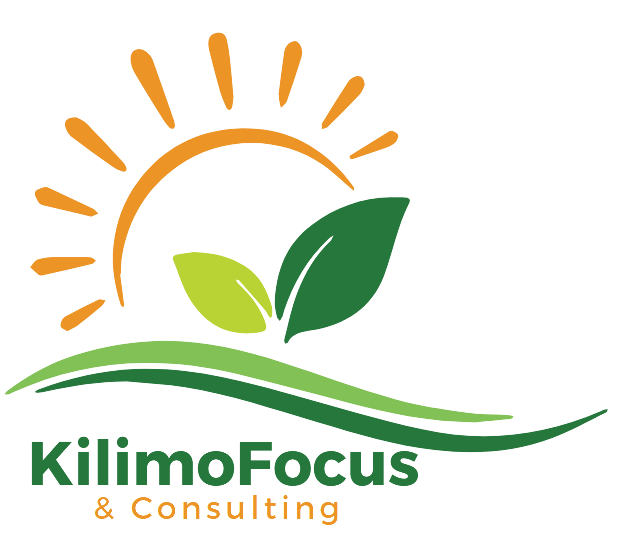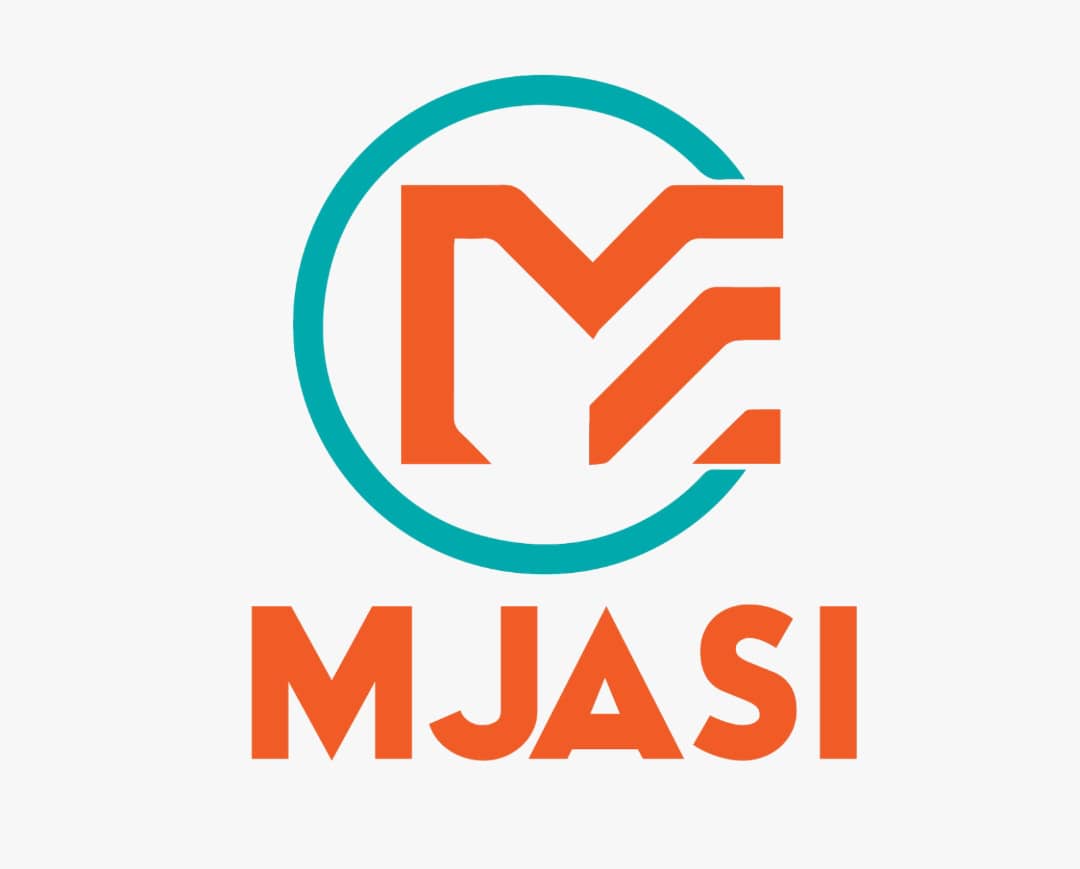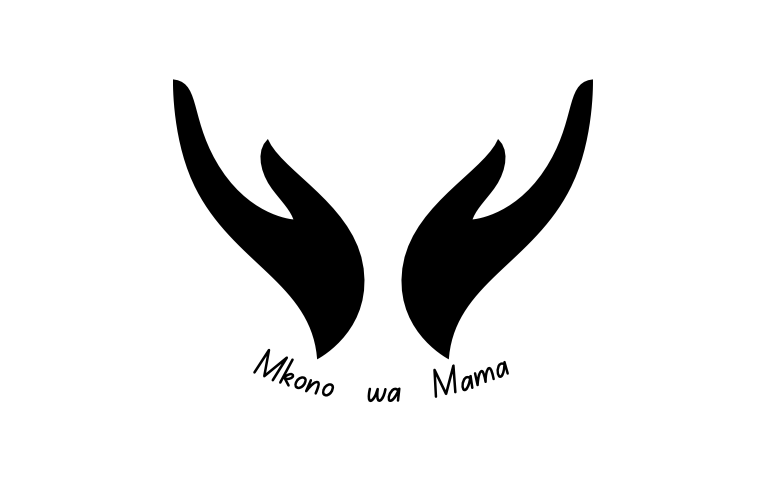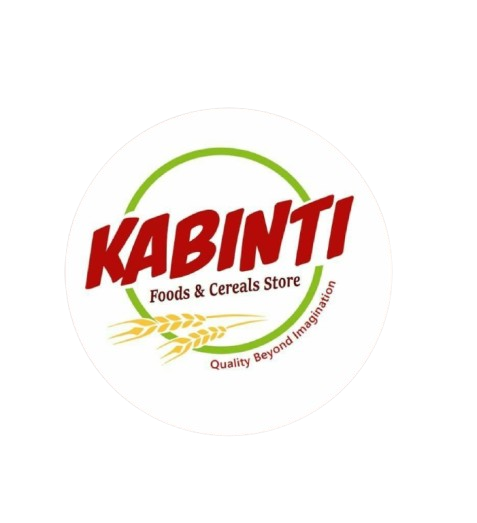School Garden Project
In Tanzania, many students in government schools come from families facing economic challenges, which often leads to difficulties in maintaining consistent school attendance and performance. Poor living conditions and the need to contribute to their family's livelihood are common barriers. One of the most significant factors affecting these students' academic success is their health and nutrition. To address this, there is a pressing need to equip these learners with agricultural education that can sustainably improve their quality of life.
The School Garden Project (2024 - 2027) aims to educate students on sustainable food production methods, such as vegetable cultivation, that can be easily implemented at home to enhance household food security. This informal education helps students understand the importance of nutrition, the origins of their food, and the processes involved in growing it. It also fosters creativity, leadership, and a shift towards healthier eating habits within their families.
The Project's Goal
The primary goal of the project is to establish school gardens that serve as models for small-scale food production, providing a vital source of fresh vegetables for school meals. These gardens are designed to be easily replicated at home, ensuring that the project's benefits extend beyond the school environment.
Through this initiative, students and teachers at Kiluvya and Hondogo Secondary Schools in Dar Es Salaam, as well as Mwanga High School, Mandaka and Vudoi Secondary Schools in the Kilimanjaro Region, will gain both theoretical and practical knowledge of organic gardening. This includes climate-adapted and water-efficient techniques, enabling them to grow vegetables sustainably with limited resources and space. As a result, both school and family nutrition will improve. Additionally, students will learn simple processing techniques to enhance the marketability of their garden produce.
The project will benefit five schools, directly impacting 4,273 students and their families, and indirectly reaching a total of 12,819 people.
What We Aim to Achieve
- Healthier School Meals: The project will increase the amount of fresh, organically grown vegetables in school lunches. By the end of the project, each school garden will supply at least 100 kg of produce per term.
- Water Supply: The schools will have a functioning well with a water storage capacity of at least 10,000 liters.
- School Gardens: A school garden has been established, which is cultivated by the students themselves (under guidance and supervision of the school garden teachers) in an ecologically sustainable manner.
- Home Gardening: At least 10% of participating students' families will establish their own sustainable, organic vegetable gardens, using methods like sack gardening.
- Organic Gardening Skills: Students will cultivate fruits and vegetables in the school gardens, equipped with drip irrigation systems, and practice water-saving planting techniques.
- Soil Fertility and Gender Inclusion: In school garden clubs, students will learn about long-term soil fertility and sustainable gardening practices, with a goal of 50% female participation.
- Nutritional Awareness: Through garden clubs and biology lessons, students will learn the importance of a balanced diet rich in fruits and vegetables and be able to identify key aspects of healthy eating.
- Community Impact: The school garden produce will improve school meals cost-effectively, while inexpensive sack gardens and school-supplied seeds will help families in need grow vegetables at home.
- Community Engagement: Newly formed school garden committees, with at least 50% female participation, will develop and implement ideas to promote sustainable organic gardening in the wider community. The sale of processed garden products, such as dried fruit and jam, will demonstrate the potential for organic gardening as a source of income.
Activities that Make an Impact
Sustainable Agriculture Tanzania (SAT) together with the participating schools is implementing the School Garden Project to ensure that agricultural education reaches these young learners, who are poised to be future innovators in agriculture. Key activities include:
- Training Courses: Organic gardening courses at the SAT farmers training center and farm.
- Excursions: Field trips for students from the school garden clubs to the SAT Farmer Training Centre.
- School Gardens: Creation of an organic garden at Hondogo, Mandaka,Vudoi and Mwanga high school and expansion of the existing garden at Kiluvya Secondary School.
- Value-Added Processing: Practical training for students and teachers on processing garden produce.
- Food and Nutrition Education: Workshops and training at Kiluvya and Hondogo in Dar Es Salaam and Mandaka, Vudoi, and Mwanga high school in Kilimanjaro region.
- Biology Teacher Workshops: Capacity-building sessions for biology teachers at the project schools.
- Small-Space Gardening: Practical training on growing vegetables in small spaces, including sack gardening.
- Monitoring and Evaluation: Regular monitoring of the school gardens by the SAT project team, and the development of a manual on organic school gardens.
- School Garden Committees: Establishment of committees to oversee garden activities and community outreach, with a focus on gender equity.
- Water Access: Drilling of a well at Mandaka and Vudoi Secondary School (no deep well that uses fossil groundwater) including all installations and purchase of water tanks.
- School Garden Clubs: Establishment of an organic school garden and a poultry project at Mandaka, Vudoi and Mwanga high school including all necessary investments.

By acquiring these essential skills, students will not only improve their own health and nutrition, but also bring these sustainable practices home, making healthy food more accessible for their families and communities.
The School Garden Project is kindly supported by Probono School-Partnerships for One World.


Business Name: KilimoFocus and Consulting
Founder / Owner Name: Rebeca Andrew
Location: Dar es Salaam
Products/Services: The enterprise sources, packs, brands, and supplies food products to supermarkets and retail stores and provides consultancy services for agricultural projects
Instagram: @kilimofocustz

Business Name: Healthy Dried Food Tanzania
Founder / Owner Name: Oliver Kavishe
Location: Bagamoyo, Pwani
Products/Services: Snacks and food items such as dried fruits and vegetable powders
Instagram: @dried_foodtz

Business Name: Mamahealth Enterprises
Founder / Owner Name: Aslatu Nguku
Location: Dodoma
Products/Services: Preserving fruits and vegetables into healthy snacks and flours
Instagram: @mamahealthtz

Business Name: LPHQ Enterprise
Founder / Owner Name: Angelina Sylvester Hillu
Location: Iringa
Products/Services: Tomato wine
Instagram: @elitewinetanzania

Business Name: Golden Key Organic Processor
Founder / Owner Name: Farida Salehe Nassoro
Location: Dar es Salaam
Products/Services: Health and beauty products made from pure natural plants
Instagram Account: @fora_products

Business Name: Mamabora Food Products
Founder / Owner Name: Rose Mjuni
Location: Arusha
Products/Services: Nut butter with chocolate
Instagram Account: @mamaboranuts

Business Name: Mjasi Enterprises
Founder / Owner Name: Eva John
Location: Dar es Salaam
Products/Services: Ground, beetroot, carrot, coconut, potatoes
Instagram Account: @mjasienterprises_tz

Business Name: Mkono wa Mama
Founder / Owner Name: Ketteneema Lukindo
Location: Dar es Salaam
Products/Services: Fruits Candy and Pastes
Instagram Account: @mkonowamama

Business Name: Kabinti Products
Founder / Owner Name: Sarah Benard
Location: Ilboru, Arusha
Products/Services: Porridge Flour and Pumpkin Seeds Flour
Instagram Account: @kabinti_products

Business Name: Salbena Investment Company Limited
Founder / Owner Name: Simon Majeni
Location: Dar es Salaam
Products/Services: Organic honey
Instagram Account: @Salbenahoney

Business Name: Cocozania Group
Founder / Owner Name: Masome Daniel Kulwa
Location: Dar es Salaam
Products/Services: Virgin coconut oil, blended coconut oil, coconut biscuits, coconut powder
Instagram Account: @Cocozania_Official

Business Name: Nita Food Products
Founder / Owner Name: Lilian Mmbando
Location: Arusha
Products/Services: Nutritious seeds
Instagram Account: @nitafoodproducts

Business Name: Rejuvenation Food Africa limited
Founder / Owner Name: Anne Outwater
Location: Dar es Salaam
Products/Services: Ice cream from wild fruits and honey
Instagram Account: @zaidiicecream





